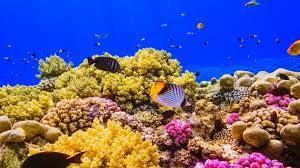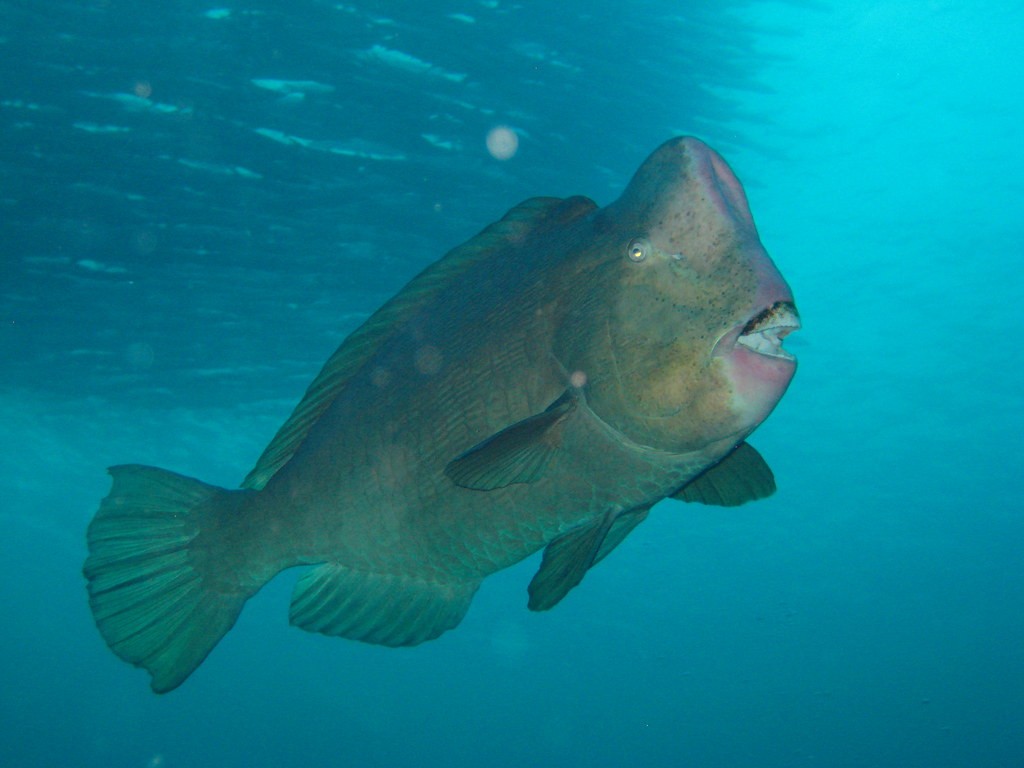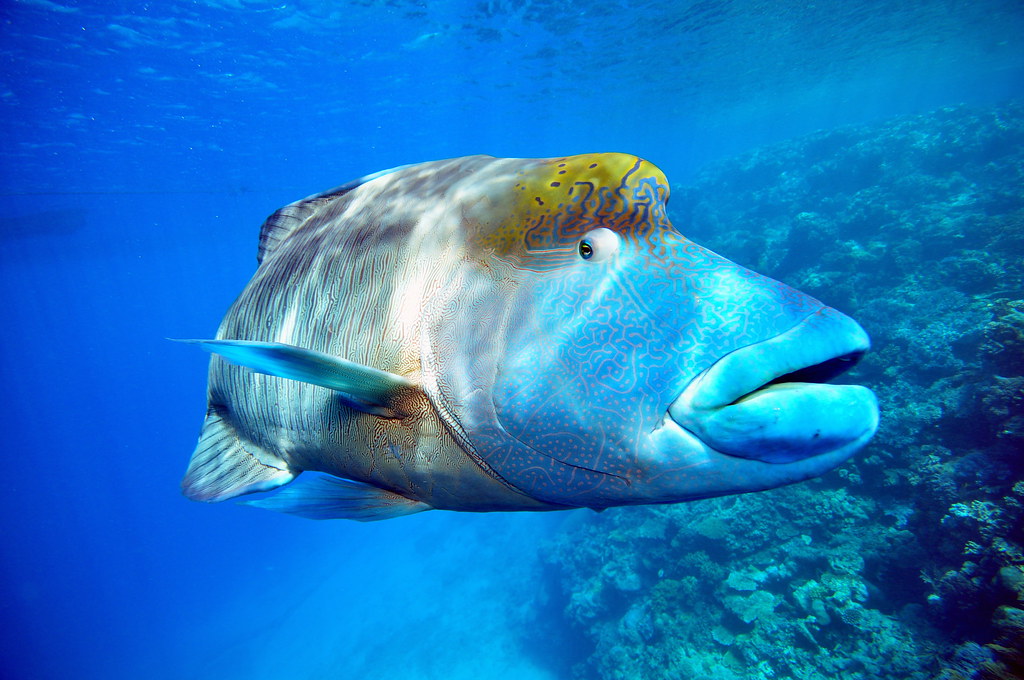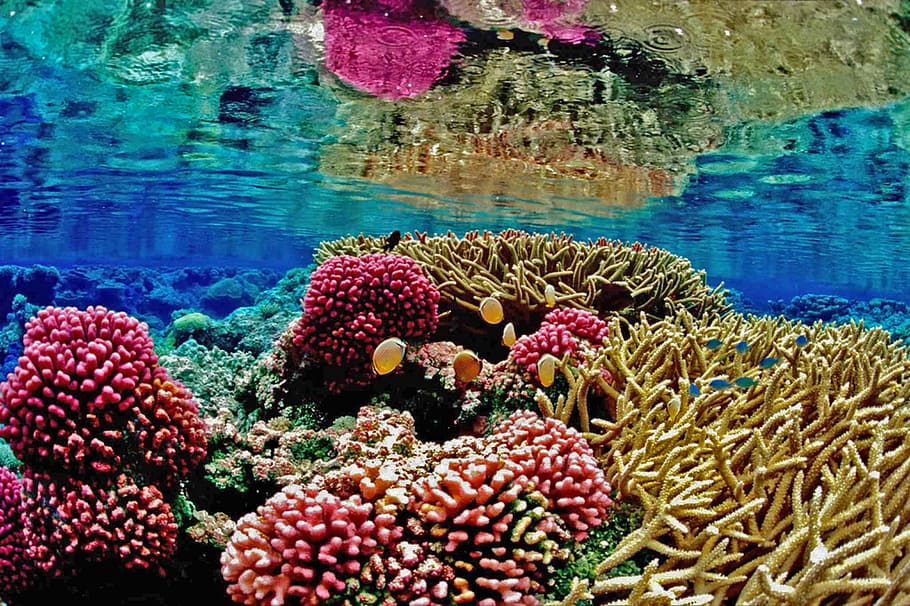aaa Shark watching, Bahamas
aaa Sian ka’an biosphere reserve, Monarch butterfly migration Yucatan Peninsula, Mexico
Can the red sea teach us how to save the worlds corals?
The coral itself is actually usually quite a dull colour, the brilliant colours of coral reefs come from the algae that lives within its coral tissue. These algae’s are called Zooxanthellae and in return for their home, the algae supply most of the corals nutrients.
The problem, is that these algae are very sensitive to temperature changes, and so if the sea remains unusually warm or cold for more than a few days, the algae leaves the corals and this is called a bleaching. This bleaching has occurred more and more recently in the last few years.
As a result of this, it is feared, that up to 90% of the corals worldwide will be lost by 2050.
This is where the red sea corals become so interesting.

Just 2 years ago, researchers found some corals in the Gulf of Aqaba, a trench between Israel, Jordan and Egypt which could withstand higher temperatures for longer. Just 1 degree above normal, sustained for a week can be enough to cause bleaching. If the temperature does not fall quickly, the corals will die. Yet here, corals have been seen to survive temperature rises above 7 degrees. It is thought that these corals have developed these abilities because they regularly suffer large temperature changes.
If they can identify corals that have this ability, and translocate them into new reefs, they will cross-breed. As the heat resistant corals are heat resistant, they are likely to survive far longer and therefore be able to pass on their heat resistant trait into the whole reef.
Given the rapidly warming planet, we only have about 30 years to act. Apart from their own intrinsic value, coral reefs are also worth roughly $600,000 per square kilometre each year, through protecting coastlines, increased tourism, medication and a whole lot more effects.
This is a fantastic possible save for the worlds reefs, time will tell if it works.
New Australian study on reef in a no fishing zone, shows what can happen when reefs are untouched by humans
The reef in question – The Rowley Shoals, are an isolated archipelago about 260km off Australia’s north west coast.
What was found was incredible. Between its protection from fishing, its location and the shape of the reef it has sustained species long lost elsewhere.
Species of giant fish like humphead Maori wrasse and humphead Parrotfish (both growing to over 1.5m were a regular sight, despite the fact that globally they are threatened with extinction. Of particular excitement, across the long study, there was no discernible change in the quantity of these fish – even as they were seen less and less regularly elsewhere.

Humphead Parrotfish Tchami 
Humphead Wrasse Larry Koester
Efforts must be made to maintain reefs like this, in their unblemished state. These reefs are far more capable of dealing with environmental changes, and hopefully one day there will be a need to reseed reefs in more accessible parts of the world.
Australian Environmentalist groups want the UN to put the Great barrier reef on the ‘in danger list’, will the government listen?
While Australian government ministers are fighting hard against, there are increasing calls from Australian environmentalist groups for the great barrier reef to be added to the list of ecosystems in danger.

It is frankly insane that this is still a discussion. Of course the great barrier reef is in danger.
Indeed, it is endangered by a number of things
Continue reading “Australian Environmentalist groups want the UN to put the Great barrier reef on the ‘in danger list’, will the government listen?”